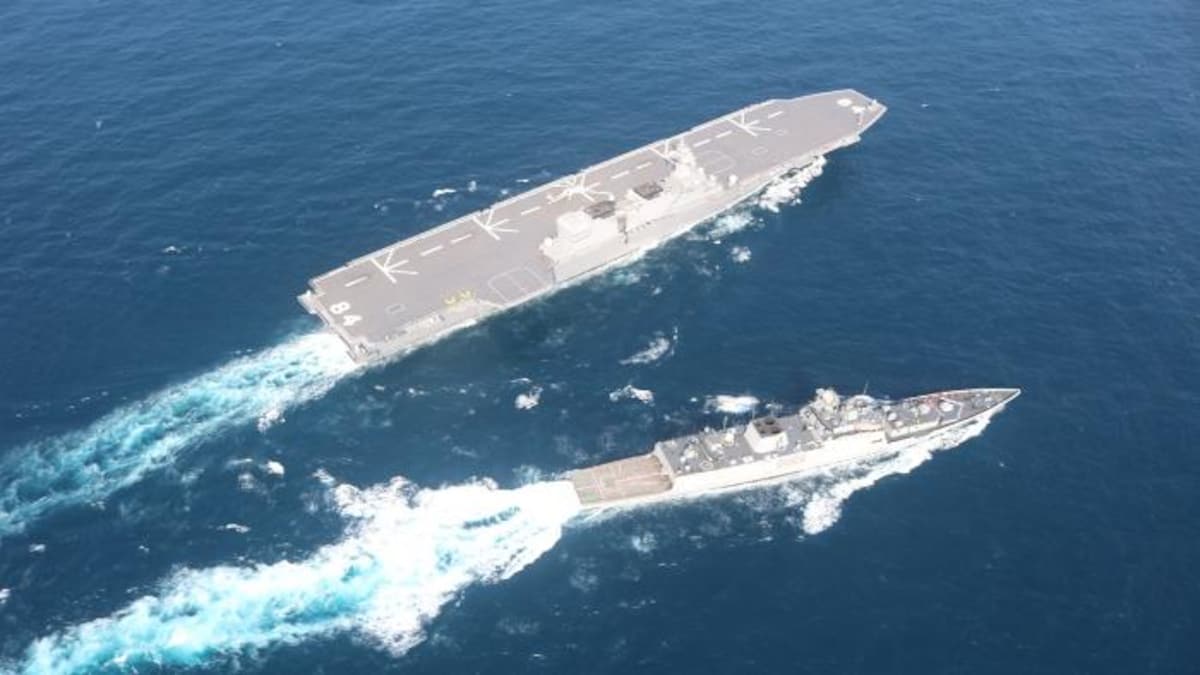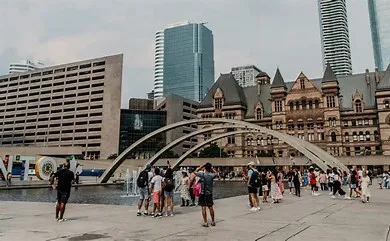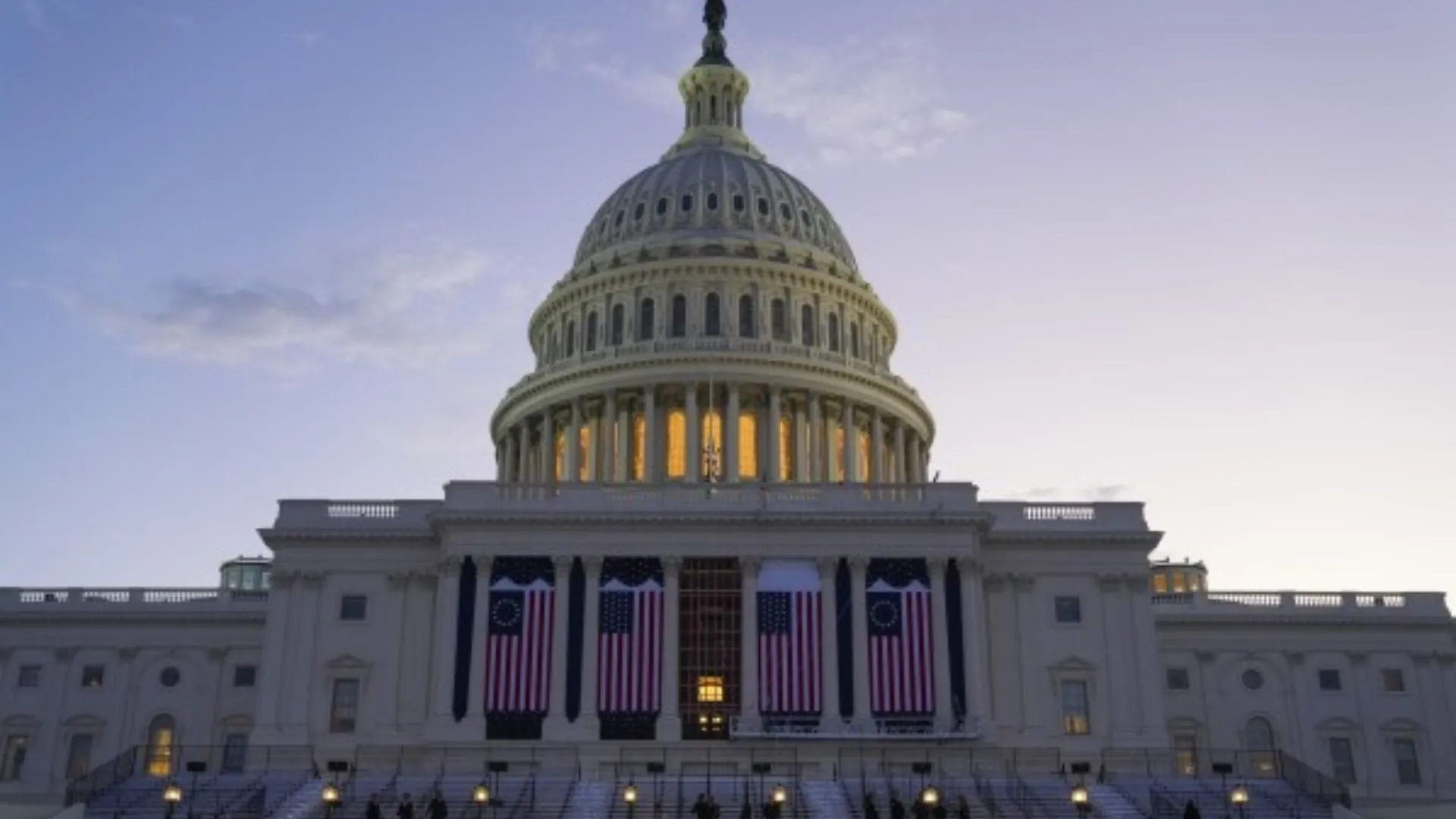India is more than a geography, political entity or a simple nation state. It is a civilisation, whose roots can be traced to five millennia before the present times, that offers an amalgamation of traditions and ideas. Indeed, this seventh largest country in the world has been a unique land, blessed with a distinct topography. The essence of India, its ‘diversity’, is a blend of cultures nurtured by different dynasties during different eras in distinct geographical spheres that are now visible to us, thanks to the traces of material culture that survive. This material culture includes everything from stone tools to modern structures, from stupas to temples and from writings to paintings.
Despite the visibly vivid variations, they still portray an element of ‘oneness’. India is a country that boasts of oceanic expanse on three sides, a coastline which has shaped its past, and still continues to contribute to its present. Yet, one needs to note that the history of the Indian peninsula has predominantly been identified and studied from the landward dimension. History enthusiasts have to remember that the past is always incomplete and much far from being understood. Thus, one needs to take into account the ‘Sea factor’ which surrounds this land. Being a medium of exchange of culture, ideas and material, the sea has played a pivotal role in the development of India. Several maritime activities such as shipbuilding and fishing have prospered along the coastline and numerous ports have thrived since antiquity. The maritime dimension has also been a medium of explorations and annexations that have given rise to a diverse range of traditions, practices, customs and languages.
Maritime commerce & connectivity
Trade has been an important facet of life and livelihood since prehistory. Geography influences agricultural production, which helps in creation of surplus. Surplus results in trade. Trade results in social, economic, political, and cultural exchanges resulting in the building of a region and creating its identity. Maritime trade has long defined our region’s identity, culture, and economy. Indian Ocean trade has been a key factor in East–West exchanges throughout history. The increasing importance of the Indian Ocean as a global maritime trade facilitator is reinforced by the fact that a lot of the world’s shipping passes through the region. The Indian Ocean provides maritime advantages to several of its places in terms of their strategic location along the Ocean. The Indian Ocean trade routes connected Southeast Asia, India, Arabia, and East Africa, beginning at least as early as the third century BCE (historically). This vast international web of routes linked all of those areas as well as East Asia. India sits at the junction of international shipping lanes since ages and this influences the economy of the region. In short, we, the people of India, are blessed to be a part of a long and living civilization that has well developed knowledge systems and long cultural traces spread in the regions far and near. For more than 5000 years of history of our nation, its connections and civilisations have shaped India and made our identity.
What constitutes ‘nationhood’ today?
People would like us to believe that we, as a nation, are a little less than a hundred years while comfortably slamming the door on the nation’s five thousand years of heritage, if not more. So, what is at stake here are the two conflicting ideologies of statehood. That is to say, one is a Westphalian state model and the other is a civilizational state model. The former model of statehood is couched in the socio-political history of medieval Europe which had to contend with the overarching powers of the Vatican while the latter is a much older conception employed by the Greeks and Indians alike.
The Indian sense of statehood and the notion of selfhood is best represented by the history of its seas. When the Arabs and the Romans sailors set foot on this ground, they were verily recognised as the other, and therefore, alien. As a natural corollary rule of commensality set in, the interactions between the Indians and the foreigners got formalised in such a fashion that the Arabs and Romans were designated with epithets like the Mleccha and the Yavana respectively. Both these terms have had a pejorative connotation, that of being aliens to this land. Surprisingly, this alienness was not expressed on occasions of interactions with the South East Asians, despite the fact that they spoke a different language and were evidently people of a different race. A classical case is that of the Pallava King Nandivarman III who was shipped from his abode in South East Asia and anointed as the legitimate ruler over the natives of South India by their very own representatives.
It was not only the Indians who assumed for themselves a status of being significantly different from the others. The ancient Greeks, the Persians, and the Arabs also recognised the distinctness of the Indians and their inherent unity. For example, the Greek ambassador Megasthenes, sitting in Pataliputra, referred to the people of this subcontinent as ‘Indoi’. On the other hand, Persians referred to all the people inhabiting this terrain as ‘Hindu’. The Arabs emulating the Persians too referred to the Indians both those living in the north and those living in the south as ‘Al Hindi’. Therefore, the Indian concept of statehood is woven around its civilisational history, as this trajectory of naming shows.
Lifting the fog of Ocean blindness
The vast maritime expanse that surrounds the three sides of the Indian subcontinent is not the boundary; one must see it as a gateway to the world as Oceans are our ‘Great Commons’. Since ancient times, Indians have had a maritime contact panning across Rome and across South East Asia. Maritime history and heritage are mentioned and studied as a mere footnote in the annals of Indian historical narratives which is exactly the root of the problem in understanding the Indian heritage. Unless we study the history of the sea and ocean that we plied, a part of India’s rich past shall always remain shrouded. The sea is a cultural connector which means that it is through this medium that civilisations were brought in close contact, commerce flourished, cultural exchange was encouraged and eventually, led to a large part of colonial narratives of history around the world.
Crossing the seas was considered to be an equivalent of losing one’s caste or traversing through seas connoted losing respectability. Samudrollanghana existed as a concept but Indians never ceased from crossing the oceans. As Indians, we must truly lament this apparent Dark Age in the chronicles of Indian Maritime History. This perceived sea blindness can be countered with the help of systematic evidence that has a profusion of available literary and archaeological sources. This will help bolster India’s integral unity and shall promote a cohesive identity.
The unity of this nation does not merely come from the land but from its waters. Every facet of this nation is integrally tied to the concept of a civilisational state. Its sea highlights this essence more vociferously. There should be no compunctions as to the nature of its existence from antiquity to the modern times whatsoever.
The writers make the dynamic Team Manthan at the Maritime History Society, Mumbai.























